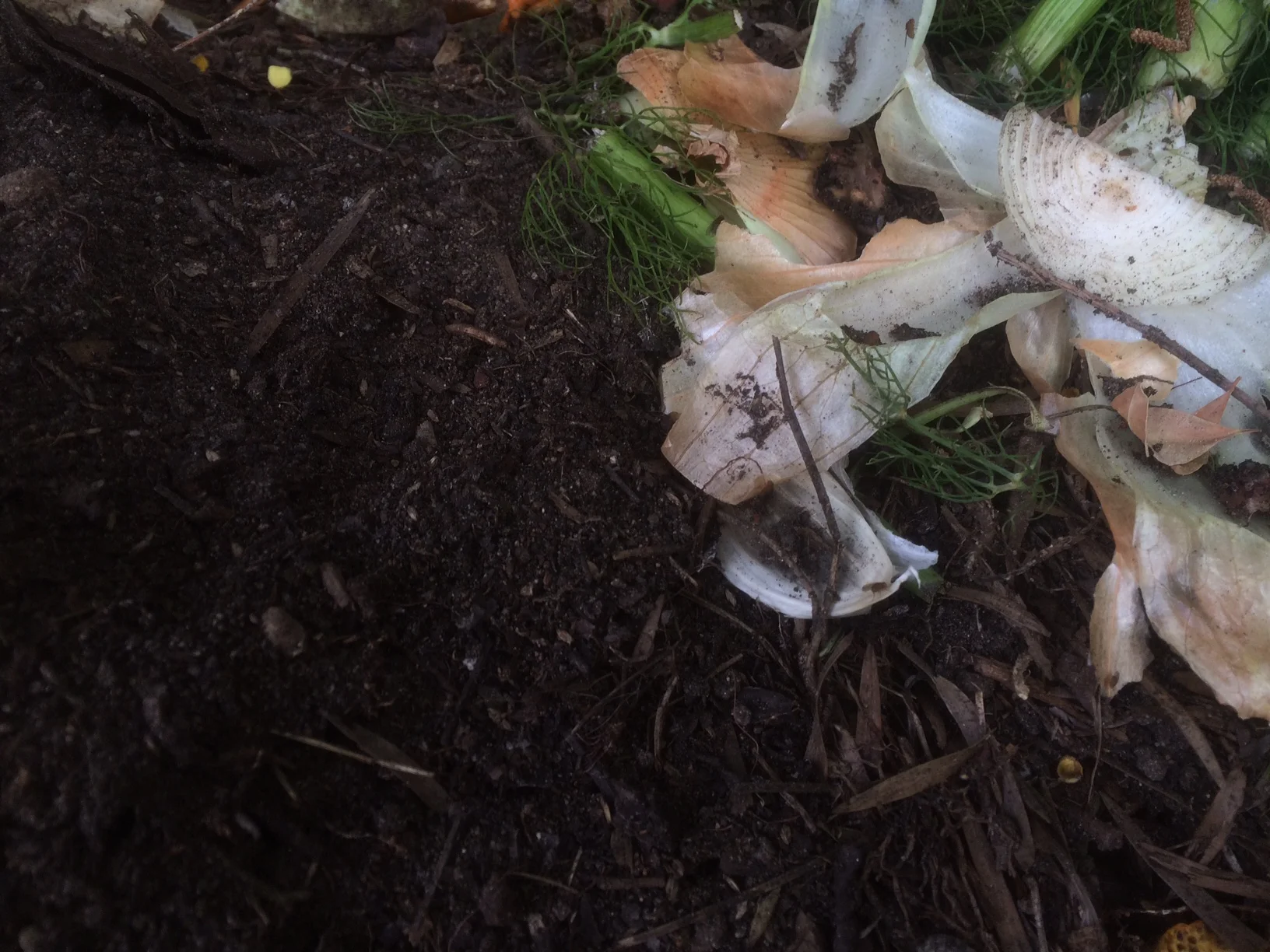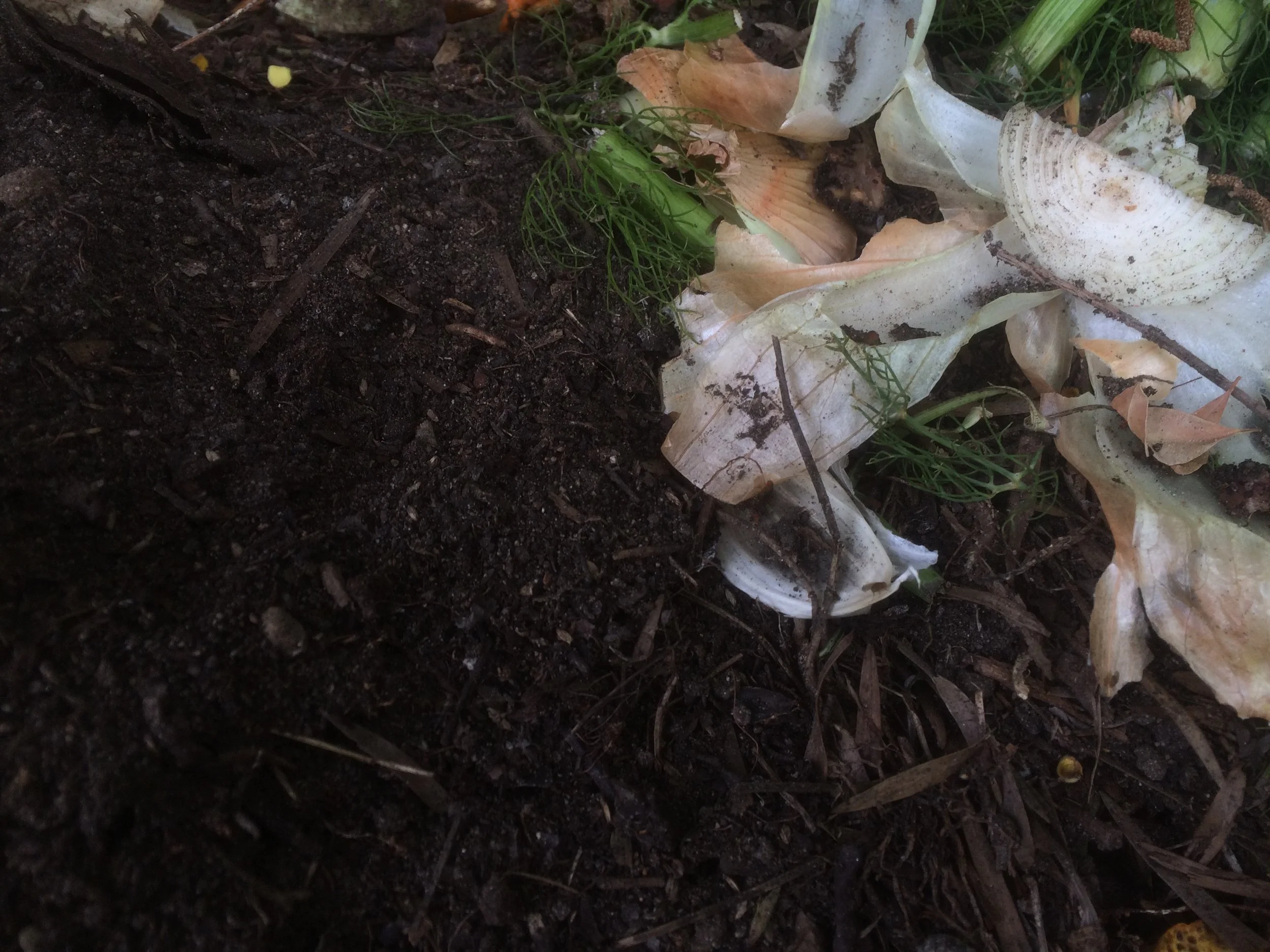Composting
Composting is a great way to reduce trash and fertilize your garden at the same time!
The Contents
Your compost pile should consist of greens (fruits, vegetables, coffee grounds, eggshells, plant waste, and manure), which are nitrogen rich, and browns ( cardboard, hay, dryer lint, and dry leaves), which are carbon rich. Fallen leaves are an excellent addition to a compost heap, and you should strive to put most of your outdoor leaf waste into the compost bin. Eggshells do compost well, but they do tend to attract critters to your compost heap. If this doesn't bother you, we recommend adding them to your compost as this will reduce your trash.
This compost bin rotates to make turning easy.
The Result
After a few months, it should be decomposed and ready to add to your garden soil. Compost is probably the best thing you can do for your garden. It holds water for a really long time (up to a week), and is full of nutrients. Plants in compost do noticeably better than plants in regular soil. I like to add some compost to the plants every two weeks or so, and when I transplant a plant, I always plant it in compost.
The Bin
There are lots of good compost bins you can purchase online, or you can build your own. Many compost bins have one section for new waste, and another for more decomposed compost. This is shown in the picture at left. Some people prefer instead to mix the two together, to speed the process of decomposition.
Maintenance
Make sure to turn the compost pile whenever you add to it, and once it gets about 2/3 full, stop adding new material so that it can decompose, and turn it at least every three to five days.
An alternate strategy is to mix more and less decomposed waste, to expose the new waste to more of the natural bacteria, fungi, and insects. In this strategy you also turn the compost every three to five days.
If you're keeping passive compost (compost composed of mostly leaves that is maintained less and takes longer), then you don't need to turn the compost.
This baby tomato plant is nourished by compost.




